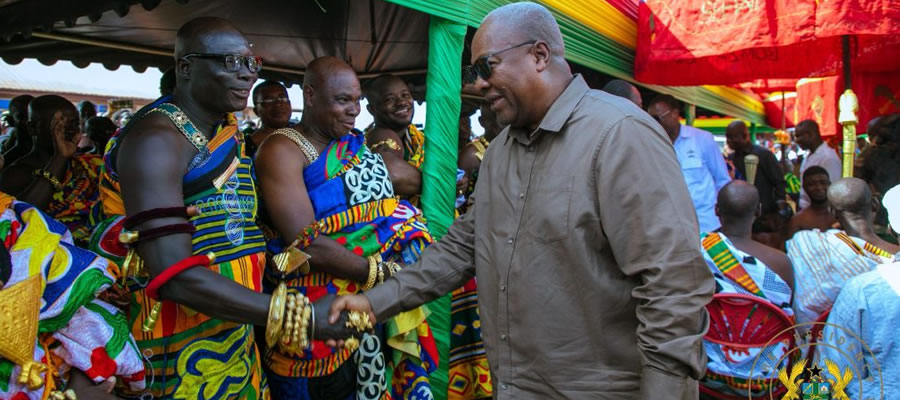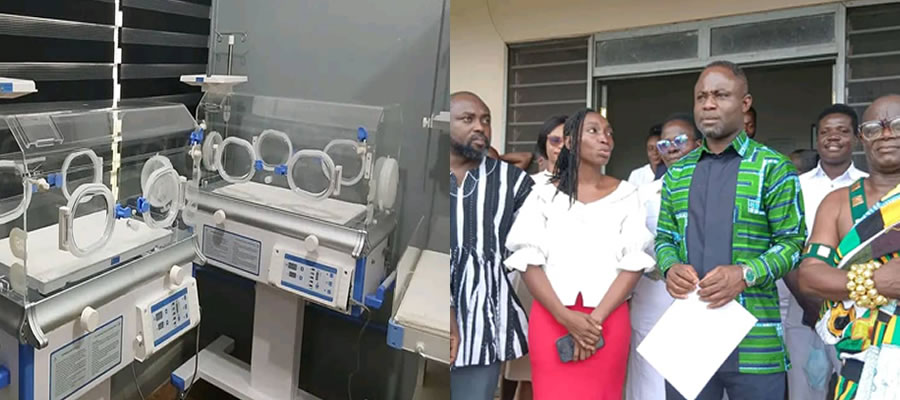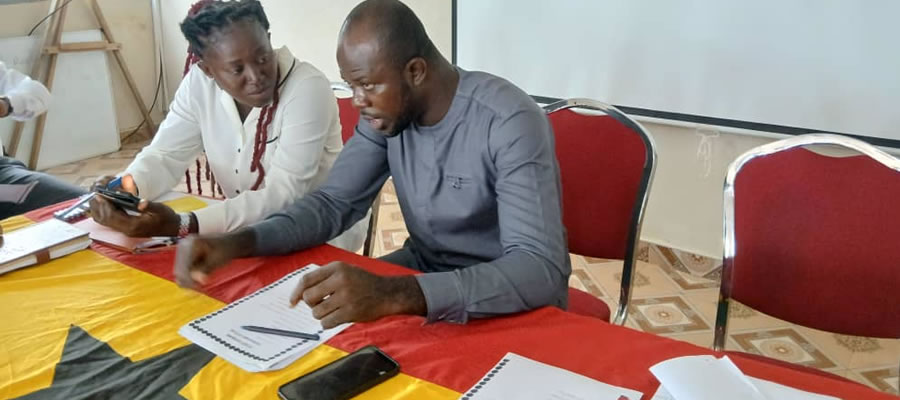

Literacy and Education
Literacy
Table 3.9 shows the literacy status of the Juaboso District population 11 years and older in 2010 by sex and age. About 68.6 percent (26,964) of persons 11 years and older are literate and 31.4 percent (12,365) are not literate. Among the literate population, 30.9 percent are literate in English only, 7.4 percent are literate in a Ghanaian language only and 61.0 percent are literate in English and a Ghanaian language. A small proportion of the literate population are literate in English and French (0.2%) and English, French and a Ghanaian language (0.5%).
About 84.9 percent of the youth (11 to 24 years) in the district are literate and 15.1 percent are not literate. Among the five-year age groups, the proportions of those who are literate decline almost steadily as age increases from 44.3 percent among the 11-14 years age group to 18.9 percent among the 50-54 years age group. The proportions are however higher among the 55+ years age groups, ranging from 22.0 percent to 23.6 percent.
The proportion of the male population who are literate (75.0%) is higher than that of the female population (61.9%). The remaining proportions in each sex group are not literate.
Among the male literate population, 27.9 percent are literate in English only and 6.7 percent are literate in a Ghanaian language only. The female counterparts are 34.8 percent and 8.2 percent, respectively. The proportion of the male population who are literate in English language and a Ghanaian language is 64.5 percent, higher than 56.5 percent among the female literate population. In the combinations involving French, English and a Ghanaian language, the proportions among both the male and female literate populations are less than 1.0 percent.
Education in Juaboso District is analyzed for persons 3 years and older who are currently attending school or attended in the past. About 55.5 percent of this population is currently in school and 44.5 percent attended in the past. Among those currently in school 47.3 percent are at the primary level, 18.3 percent at Kindergarten, 16.5 percent at JHS /JSS, 9.3 percent in nursery and 7.7 percent in SHS / SSS. The proportions in other levels of education are very small, less than 1.0 percent.
The proportions of females who are currently attending school are slightly higher than their male counterparts at the nursery and primary levels. At higher levels of education, the proportions of males currently attending are higher than their female counterparts. For those who have attended school in the past, proportions for females are higher than that of males at the primary and JSS/JHS levels. From the middle School level upwards, apart from Vocational/Technical, the proportions of males are higher than that of females.
Date Created : 11/20/2017 5:52:40 AM











 facebook
facebook
 twitter
twitter
 Youtube
Youtube
 +233 593 831 280
+233 593 831 280 0800 430 430
0800 430 430 GPS: GE-231-4383
GPS: GE-231-4383 info@ghanadistricts.com
info@ghanadistricts.com Box GP1044, Accra, Ghana
Box GP1044, Accra, Ghana